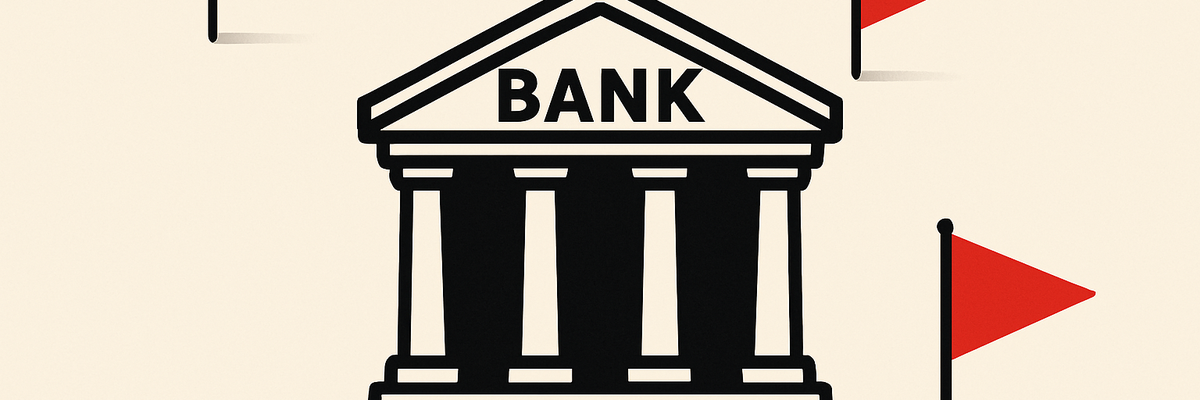Do You Have Too Much Money in Your Checking Account? 3 Red Flags to Watch in July 2025

A checking account is the best place to hold money for everyday spending -- but beyond that, it's not the best place for your cash to sit.
Most checking accounts earn little to no interest, which means any extra cash you keep there isn't helping you build wealth. Worse, it could be making it easier to overspend or keeping you from paying down high-interest debt.
Here are three red flags you might be holding too much money in your checking account -- and what to do about it.
1. You're holding more than a month of expenses
As a rule of thumb, your checking account should cover your monthly expenses and a small buffer -- nothing more. If you're holding thousands of dollars beyond that, you're missing out on a lot of money.
For example, $10,000 in a high-yield savings account earning 4.00% APY could earn about $400 in a year. That's easy money just for moving your savings to a better spot.
If you don't already have a high-yield savings account, now is the time to open one. These accounts earn far more than the national average and are just as safe as traditional bank accounts, complete with FDIC insurance up to $250,000.
Ready to earn more? Open a CIT Platinum Savings account today to earn 4.00% APY for balances of $5,000 or more.
2. You're spending more without noticing
A checking account that's always full can make it easy to overspend. If you've noticed more dining out, impulse buys, or streaming subscriptions piling up, your checking balance could be part of the problem.
Review your last few months of bank statements. If your spending has quietly crept up, try moving any excess cash to savings or even a retirement account. "Out of sight, out of mind" can work in your favor.
Even small changes, like setting up automatic transfers to savings, can help you keep more and spend less.
3. You're sitting on cash while carrying debt
Credit card debt is one of the most expensive types of debt, with average rates hovering around 21%, per the Federal Reserve. Yet many people keep thousands in checking while paying interest on credit card balances.
If you've got more money than you need for bills in checking, consider using some of that money to pay down your debt. Even a few hundred dollars can make a big difference in your interest charges over time.
When your money isn't earning more money, it should at least be helping you save money -- and paying off high-interest debt is one of the best ways to do that.
Need help paying down debt? Open one of our favorite 0% intro APR balance transfer cards to make payments interest-free today.
Use checking for spending -- not storing
Your checking account is a short-term spending tool, not a vault. If you're spotting any of these warning signs, it may be time to rethink how you're managing your money.
These simple steps can help you earn more, save more, and waste less -- without changing your lifestyle.
Ready to grow your savings? Compare the top high-yield accounts today to get started.
Our Research Expert


